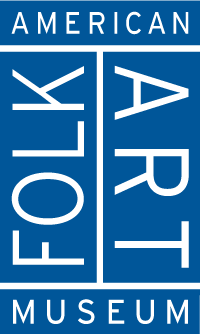Record Details
Nenuphars / Paix Christi
Frame: 60 3/4 x 30 5/8 x 2 3/8 " (154.5 x 77.6 x 6 cm)
Aloïse Corbaz moved to Germany in 1911, following a failed romance, to work as a nanny at the court of Emperor Wilhelm II with whom she apparently fell in love. At the break of World War I, she was forced to return to her native Switzerland. Behavioral disorders soon led to her being hospitalized. She was confined at La Rosière psychiatric hospital until her death. For more than forty years there, she wrote and developed her artistic practice whose cosmogonic conception is articulated around two great principles—notably, the “Solar Ricochet,” which allowed her to conceive a vastness of beings and elements. The echoes of a lost world resurfaced in her works: pompous memories of the court in Prussia, royal couples intertwined, blue-eyed heroines, and theatrical scenes evoking her passion for opera. This metaphysical work is among the most significant of her oeuvre. It possibly refers to the birth of the world from a primordial swamp, evoked here by the water lilies (also indicated by an inscription) and the frog eggs. In the center, the man depicted in a contorted posture wears on his blond hair an ermine helmet embellished with a pope effigy. On one hand, he holds a high heel red shoe intended for the woman’s bare foot.
Valérie Rousseau, exhibition label for Six Decades Collecting Self-Taught Art: Revealing a Diverse and Rich Artistic Narrative. New York: American Folk Art Museum, 2019.
Object information is a work in progress and may be updated with new research. Records are reviewed and revised, and the American Folk Art Museum welcomes additional information.
To help improve this record, please email photoservices@folkartmuseum.org
















